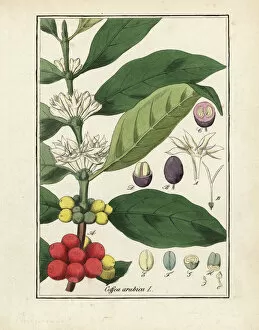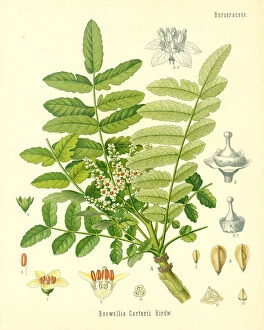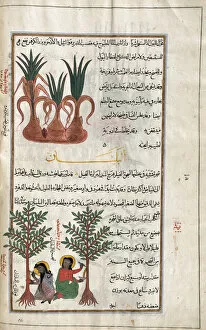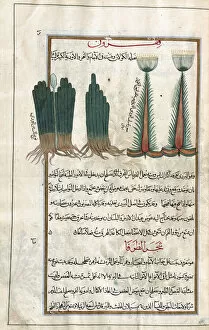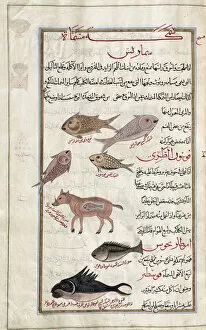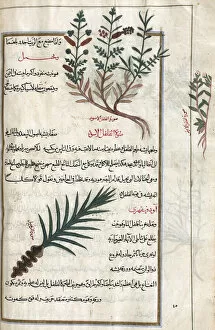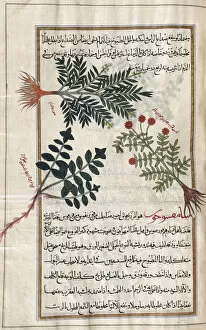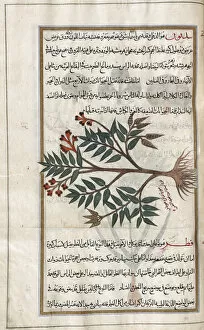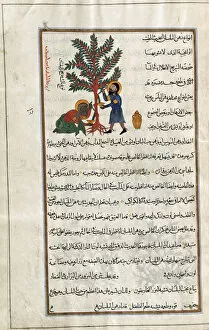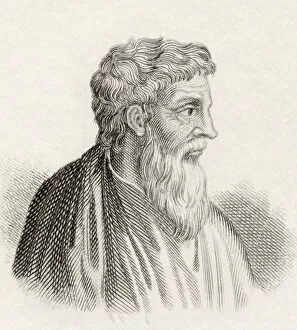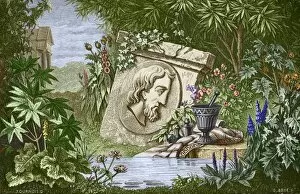Pharmacopeia Collection
"Exploring the Rich World of Pharmacopeia: A Journey Through Ancient Texts and Botanical Illustrations" Step into the fascinating world of pharmacopeia
All Professionally Made to Order for Quick Shipping
"Exploring the Rich World of Pharmacopeia: A Journey Through Ancient Texts and Botanical Illustrations" Step into the fascinating world of pharmacopeia, where ancient texts and intricate botanical illustrations come together to unveil the secrets of medicinal plants. In a 19th-century Iranian book, we find ourselves immersed in the works of Pedanius Dioscorides, a Greek physician and botanist from the 1st century AD. The pages reveal an array of captivating images. At first glance, an illustration captures our attention - an ass stands tall at the top while a horse graces the bottom. Mirza Baqir's skilled hand brings these animals to life as they symbolize different aspects within this realm. Moving on, we encounter another masterpiece depicting Coffea arabica, commonly known as coffee plant. Its delicate flowers, beans, and seeds showcase its significance in traditional medicine. Our eyes then wander towards frankincense - a mystical resin with healing properties that has been used for centuries. The illustration beautifully portrays this precious substance derived from various trees. As we delve deeper into Dioscorides' work, we stumble upon intriguing creatures such as hippopotamus and sea sheep alongside three varieties of sea dog. These depictions remind us that pharmacopeia encompasses not only plants but also animal-based remedies. Amongst unidentified flora lies a balsam tree called Commiphora – its image capturing our imagination with its unique features waiting to be explored further. Next up are two varieties of Sweet flag (Acorus calamus), their vibrant colors inviting us to discover their potential uses in ancient medicine. Gladdon or Iris foetidissima appears next; three distinct variations showcasing nature's diversity within this species. Each holds valuable properties waiting to be harnessed by healers throughout history. Nardostachys jatamansi introduces itself through three types of Nard depicted in stunning detail by Mirza Baqir.


